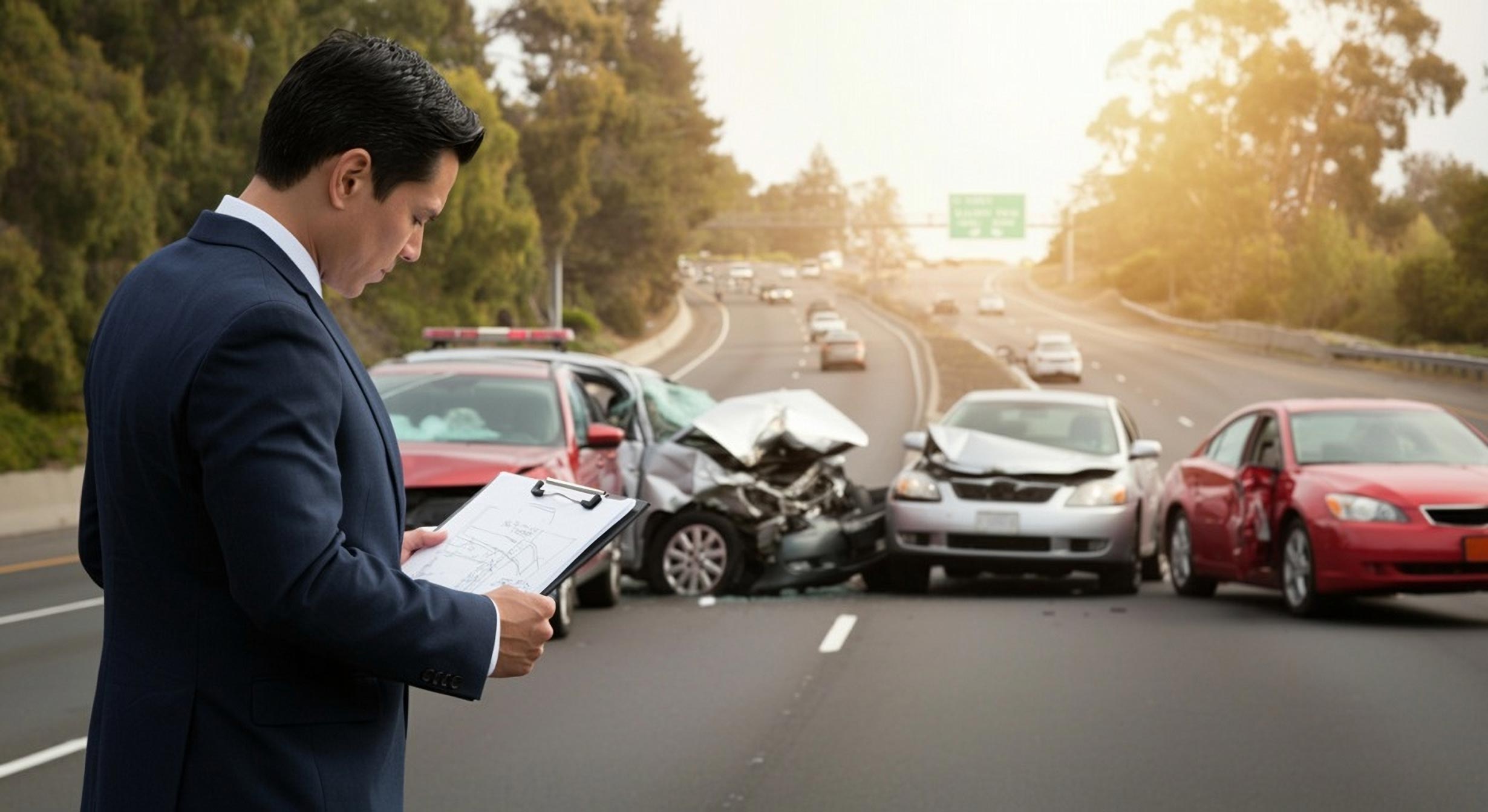Multi-car accidents can be chaotic, stressful, and legally complex. In New Jersey, determining who is at fault in a collision involving three or more vehicles isn’t always straightforward. With multiple drivers, varying degrees of negligence, and insurance policies at play, it’s critical to understand how liability is assessed and what steps you should take to protect yourself.
Understanding Comparative Negligence in New Jersey
New Jersey follows a modified comparative negligence rule regarding auto accidents. This means more than one driver can be found partially responsible for an accident, and liability is divided accordingly. However, if a driver is found to be more than 50% at fault, they are barred from recovering damages.
For example, if Driver A is 30% at fault, Driver B is 60%. Driver C is 10%, only Drivers A and C could potentially recover compensation. However, their awards would be reduced based on their percentage of fault.
This rule makes it especially important to accurately determine fault in a multi-car pileup, as your ability to recover damages depends on it.
How Is Fault Determined in a Multi-Car Accident?
Police reports, eyewitness statements, traffic camera footage, and physical evidence (like skid marks or vehicle damage) all play a role in determining liability. Insurance adjusters and, when necessary, accident reconstruction experts are brought in to analyze the sequence of events.
Some common scenarios include:
- Rear-end chain reactions: Often, the driver who started the chain reaction (the last car in the line) may be primarily at fault. But if any driver fails to maintain a safe following distance or brakes suddenly without reason, they may share liability.
- Intersection collisions: These can be complicated if one or more drivers ran a red light or failed to yield. Determining who had the right of way is key.
- Sudden stops: If a driver abruptly stops without warning, they may be partially at fault even if they were hit from behind.
Since fault can be divided between multiple parties, drivers often dispute liability in these cases, which is why having strong legal representation can be critical.
How Insurance Comes into Play
New Jersey is a no-fault insurance state. This means that, regardless of who caused the accident, your own Personal Injury Protection (PIP) coverage will pay for your medical expenses up to the policy limit. However, if your injuries are severe or your medical bills exceed your PIP limits, you may be able to pursue a claim against the at-fault driver(s) for additional damages like pain and suffering or lost wages.
In multi-car accidents, each driver’s insurer will try to minimize their client’s responsibility, often leading to delays and disputes. This is where having an attorney can make a big difference in negotiating with insurance companies and ensuring your rights are protected. Liability in a multi-car accident in New Jersey isn’t always cut-and-dry. With multiple drivers and insurers involved, you need a clear understanding of your rights and the state’s comparative negligence laws. If you’ve been involved in a multi-car collision, The GC Law Firm can help you determine liability, deal with insurance companies, and fight for the compensation you deserve. Contact us today for a consultation.
